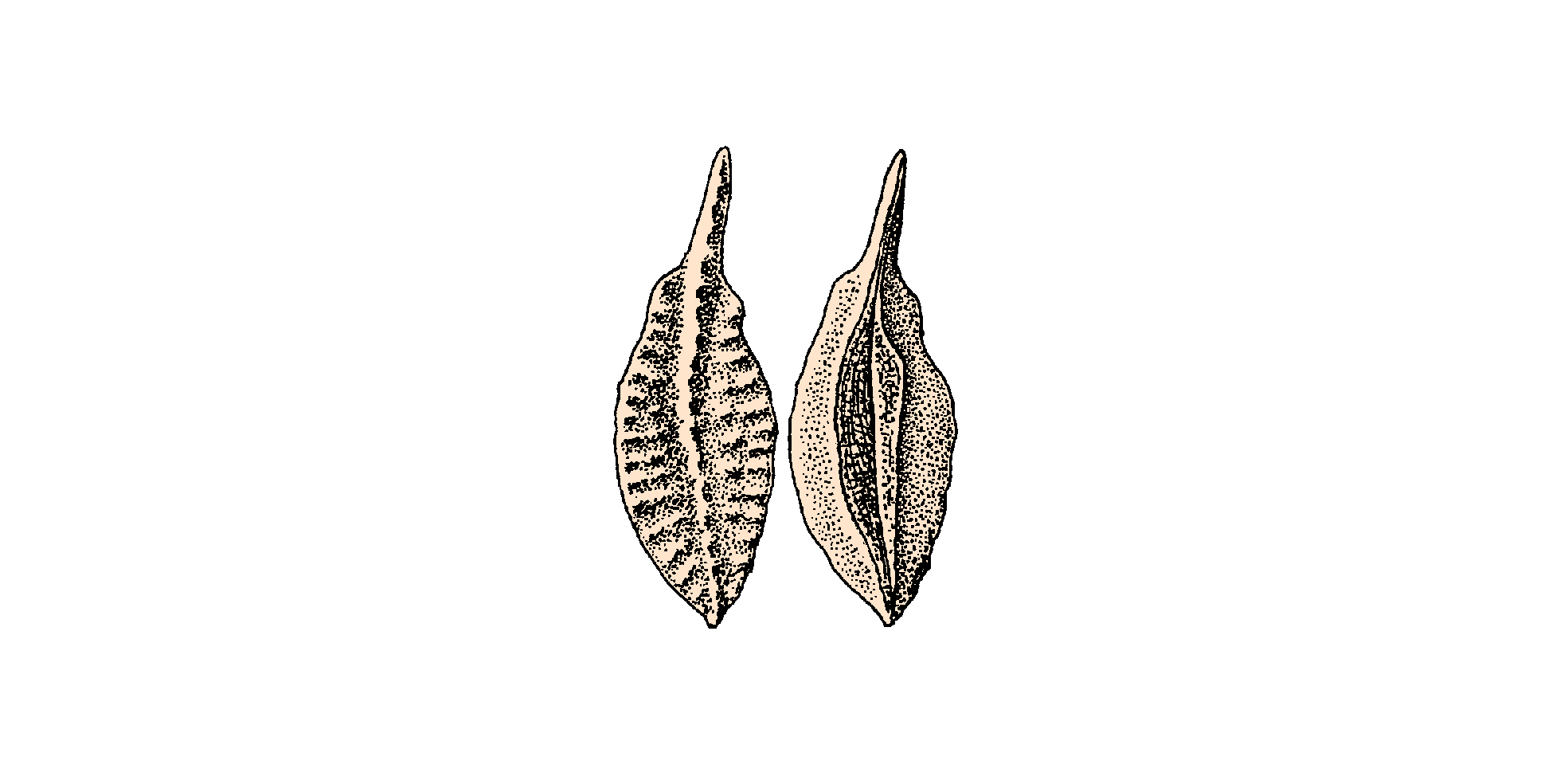Diagnoza
According to the current definition of the Devonian-Carboniferous boundary, all the populations of P.? praesulcatus (- Siphonodella praesulcata) that occur below the appearance of its successor in the lineage, P. sulcatus, are Famennian in age. The validity of the evolutionary transition from P praesulcatus to P. sulcatus at the systemic bboundary defined in La Serre stratotype has been questioned by Ji Quiang et al. (1989: p. 71) and, because of high population variability, this lineage does not seem to be especially useful in precise time correlation. The material from Kowala and Dzikowiec is not rich enough to enable apparatus reconstruction. Both in the Polish material and in samples taken from the Wocklumeria Znne at Mal Paso in the Carnic Alps, only generalised polygnathid elements of apparatuses co-occur with sp elements of P.? praesulcatus. Its generic attribution is thus based solely on the assumed relationship with P sulcatus. The type population of Siphonodella praesulcata Sandberg, 1972 comes from the top 60 cm of the Sappington Member of Three Forks Formation at Lick Creek Road, Little Belt Mountains, Montana. Porównanie
Material at my disposal is rather poor and only sample Ko-116 contains enough specimens of various ontogenetic age to see their variability. It appears that juveniles have a platform usually separated from the blade by a deep depression and the element has the greatest width at the dorsal end of the platform. In mature specimens the middle part of the platform is the widest and it is almost flat with the denticles of the blade somewhat elevated. Elements show mirror symmetry that makes unlikely any relationship to Alternognathus. Also the flat or somewhat inverted basal cavity makes it different from Alternognathus, where the base remains slightly concave and the margin of the basal cone remains sharp. Variability is expressed mostly in more or less robust transverse ribbing of the platform and in the dorsal margin of the platform, in juveniles being thin and wide or rather narrow and robustly tuberculated. The apparatus remains unknown. Autekologia Występowanie geograficzne
Kowala and Dzikowiec. Zasięg czasowy
D. trigonica Zone. Materiały muzealne
ZPAL: 17 specimens. Literatura
Dzik, J. 2006. The Famennian "Golden Age" of conodonts and ammonoids in the Polish part of the Variscan sea. Palaeontologia Polonica 63, 1-359. | 

